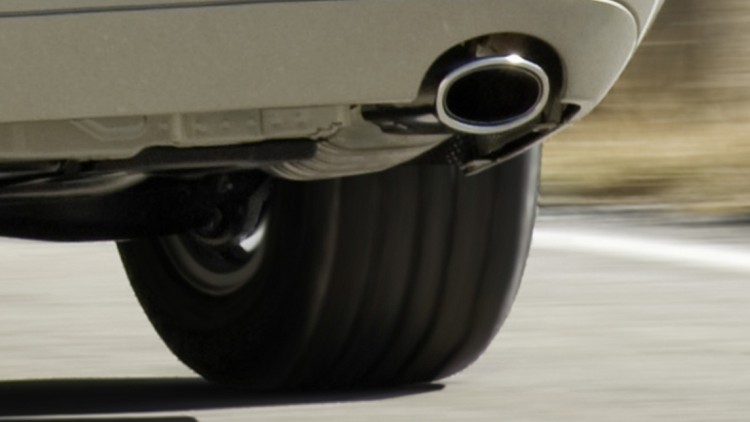In order to better analyze the environmental impact and sustainability of new vehicles, the Green NCAP (New Vehicle Assessment Program) initiative is expanding testing methods to include life cycle analysis (LCA) for vehicles. In addition to greenhouse gas emissions, pollutant emissions and energy consumption of the drive, as before, emissions that occur during the production, use and recycling of vehicles, tires or batteries throughout the entire service life are also included in the assessment. Green NCAP has created a retrospective LCA for 61 vehicles examined since 2019. The results are not part of the Green NCAP star rating, but can now be found below. www.greenncap.com can be retrieved.
LCAs show that total greenhouse gas emissions and primary energy requirements vary at different points in the life cycle, depending on the propulsion system, power carrier, and other factors. For example, the mass of a vehicle – regardless of whether it is an electric car or a combustion engine – has a significant impact on emissions. The lower the mass, the fewer emissions are emitted throughout the entire service life. In the next step, Green NCAP wants to provide an interactive life cycle assessment platform in which consumers can enter their individual parameters such as electricity mix.
For LCA, Green NCAP assumes the vehicle has a service life of 16 years and a total mileage of 240,000 km. Calculations are based on the average mix of energy and materials for the 27 member states of the European Union and the United Kingdom. Other environmental impacts of emissions of pollutants such as nitrogen oxides, sulfur dioxide and particulate matter and their consequences such as acidification, ozone formation and human toxicity are not taken into account, as are water requirements.

“Alcohol buff. Troublemaker. Introvert. Student. Social media lover. Web ninja. Bacon fan. Reader.”







More Stories
IBM has acquired Terraform provider HashiCorp for $6.4 billion
Applicable law – This is what will happen if Tiktok is banned in the United States of America – News
The new report seeks to end ineffective business EDI practices